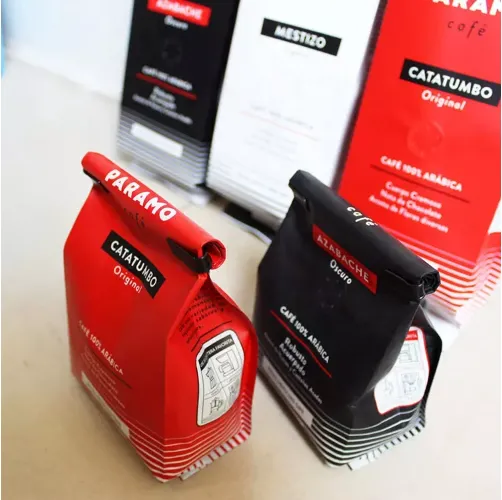- Afrikaans
- Albanian
- Amharic
- Arabic
- Armenian
- Azerbaijani
- Basque
- Belarusian
- Bengali
- Bosnian
- Bulgarian
- Catalan
- Cebuano
- chinese_simplified
- chinese_traditional
- Corsican
- Croatian
- Czech
- Danish
- Dutch
- English
- Esperanto
- Estonian
- Finnish
- French
- Frisian
- Galician
- Georgian
- German
- Greek
- Gujarati
- haitian_creole
- hausa
- hawaiian
- Hebrew
- Hindi
- Miao
- Hungarian
- Icelandic
- igbo
- Indonesian
- irish
- Italian
- Japanese
- Javanese
- Kannada
- kazakh
- Khmer
- Rwandese
- Korean
- Kurdish
- Kyrgyz
- Lao
- Latin
- Latvian
- Lithuanian
- Luxembourgish
- Macedonian
- Malgashi
- Malay
- Malayalam
- Maltese
- Maori
- Marathi
- Mongolian
- Myanmar
- Nepali
- Norwegian
- Norwegian
- Occitan
- Pashto
- Persian
- Polish
- Portuguese
- Punjabi
- Romanian
- Russian
- Samoan
- scottish-gaelic
- Serbian
- Sesotho
- Shona
- Sindhi
- Sinhala
- Slovak
- Slovenian
- Somali
- Spanish
- Sundanese
- Swahili
- Swedish
- Tagalog
- Tajik
- Tamil
- Tatar
- Telugu
- Thai
- Turkish
- Turkmen
- Ukrainian
- Urdu
- Uighur
- Uzbek
- Vietnamese
- Welsh
- Bantu
- Yiddish
- Yoruba
- Zulu
Creating Structures with Box and Cylinder Shapes for Design Applications
The Box and Cylinder Conundrum Understanding Shapes in Geometry
Geometry, the branch of mathematics that deals with shapes, sizes, and the properties of space, offers a fascinating study of various figures. Among the most fundamental shapes are the box (rectangular prism) and the cylinder. Each has unique characteristics and applications, lending themselves to a multitude of discussions in mathematics, engineering, and art. This article aims to explore the properties, formulas, and comparisons of these two geometric shapes.
Defining the Shapes
A box, formally known as a rectangular prism, is defined by its six rectangular faces, twelve edges, and eight vertices. It can be characterized by its length, width, and height, which are perpendicular to one another. The appealing aspect of a box lies in its simplicity; it has straight edges, clean lines, and is easy to visualize and manipulate.
In contrast, a cylinder consists of two parallel circular bases connected by a curved surface. It is defined by its radius—the distance from the center to the edge of the base—and its height, which measures the distance between the bases. The cylinder also has a more fluid appearance due to its curved surface, making it visually distinct from the box.
Mathematical Properties
From a mathematical standpoint, both shapes have specific volume and surface area formulas that are essential for various applications, ranging from packing and storage problems to architectural design.
box cylinder

Box (Rectangular Prism) - Volume The volume \( V \) of a box is calculated using the formula \[ V = \text{length} \times \text{width} \times \text{height} \] - Surface Area The surface area \( SA \) is found by the formula \[ SA = 2(\text{length} \times \text{width} + \text{length} \times \text{height} + \text{width} \times \text{height}) \]
Cylinder - Volume The volume \( V \) of a cylinder is given by \[ V = \pi r^2 h \] where \( r \) is the radius of the base and \( h \) is the height. - Surface Area The surface area \( SA \) can be calculated using \[ SA = 2\pi r(h + r) \] which accounts for both the curved surface and the two circular bases.
Practical Applications
Both shapes have real-world applications that highlight their functional differences. Boxes are ubiquitous in packaging, storage furniture, and shipping, where efficient use of space is essential. Their straightforward design allows for easy stacking and organization, making them invaluable in warehouses and homes alike.
On the other hand, cylinders are prominent in industries that manufacture items such as cans, pipes, and tanks. Their shape facilitates the distribution of pressure, making them ideal for holding liquids and gases. The cylindrical design is also aesthetically pleasing, finding its way into architecture and product design, often symbolizing strength and fluidity.
Conclusion
In conclusion, the box and cylinder serve as fundamental geometric shapes that illustrate the principles of volume and surface area in diverse contexts. While the box epitomizes simplicity and efficiency, the cylinder embodies fluidity and strength. Understanding these shapes not only enriches our knowledge of geometry but also enhances our ability to navigate the practical aspects of the world around us. By appreciating the unique qualities of both shapes, one can gain deeper insights into design, functionality, and the beauty inherent in mathematical relationships. In a world where geometry governs everything from the structures we live in to the products we use, the box and cylinder remain central figures worthy of exploration and appreciation.













